Redefining Insurance in 2024: The End of Outdated Technology
The insurance industry, particularly in the realms of life and disability coverage, is undergoing a significant transformation, driven by advancements in artificial intelligence (AI) and the expansive use of big data. This technological evolution is reshaping the traditional methods of underwriting, introducing a new era where predictions are more accurate, procedures are less invasive, and the overall customer experience is greatly enhanced. The integration of these technologies is not just a trend but a fundamental shift in how insurance policies are crafted and risks are assessed. We delve into how AI and big data are revolutionizing the insurance industry, from data gathering to policy issuance, and examines the implications for both insurers and policyholders.
The Traditional vs. Modern Underwriting
Historically, underwriting in life and disability insurance has been a meticulous and sometimes intrusive process. It involved gathering extensive personal and medical information from clients, often requiring physical medical examinations, blood tests, and exhaustive questionnaires. The goal was to assess risk as accurately as possible, but the methods are time-consuming.
Enter the modern era of underwriting, where AI and big data are playing increasingly pivotal roles. These technologies have introduced a new model. Instead of relying solely on physical exams and direct data collection, insurers now utilize sophisticated algorithms that analyze vast amounts of data, including electronic health records (EHRs). Predictive models, powered by AI, can quickly assess risk by analyzing patterns and correlations in data that might not be immediately apparent to human underwriters. This shift not only speeds up the underwriting process but also enhances its accuracy, as AI models can identify subtle nuances in large datasets that humans might overlook.
Blending AI with Human Expertise
In the evolving landscape of life and disability insurance, hybrid underwriting models have emerged as a game-changer. These models synergize the efficiency of AI-driven data analysis with the nuanced understanding of experienced human underwriters. This collaboration allows for a more comprehensive risk assessment, combining the rapid processing capabilities of AI with the critical thinking and judgment of seasoned professionals.
A key aspect of these hybrid models is the integration of electronic health record (EHR) data. AI systems analyze these vast troves of data to provide an initial risk assessment. However, it's the human underwriters who bring depth to this process. They interpret complex cases, considering factors that AI might not fully grasp, such as unique health scenarios or nuanced medical histories. This blend ensures a more balanced and thorough evaluation, mitigating the risks of over-reliance on algorithmic decision-making.
Consultants bring immense value to this hybrid model. Their role transcends mere data analysis; they act as strategic partners, offering insights into how AI tools can be optimized and tailored to specific business needs. Consultants are instrumental in bridging the gap between technology and practical application, ensuring that AI implementations align with industry regulations, ethical standards, and client expectations. They guide insurers in navigating the complexities of data privacy and security, ensuring that the use of sensitive health information adheres to strict compliance standards.
Moreover, consultants play a crucial role in training and guiding underwriters in this new technological landscape. They help develop frameworks for effectively integrating AI insights into the underwriting process, ensuring that the human expertise remains at the forefront of decision-making. This collaboration not only elevates the accuracy of risk assessments but also fosters innovation, driving the industry towards more client-centric and efficient practices.
Benefits and Advancements: AI and Big Data
The adoption of AI and big data in life and disability insurance underwriting brings a multitude of benefits, marking a significant advancement in the industry. Firstly, the accuracy of risk assessment is greatly improved. AI algorithms can analyze complex patterns within large datasets, identifying risk factors that might be missed in traditional underwriting processes. This leads to more accurate pricing of policies, benefiting both insurers and policyholders.
Another major advancement is the enhanced client experience. The traditional underwriting process, often seen as cumbersome and invasive, is streamlined through technology. With AI's ability to swiftly process EHRs and other data sources, the need for physical medical examinations and extensive paperwork is reduced speeding up the policy issuance process.
Furthermore, AI and big data enable proactive policy management. Insurers can use these technologies to continuously monitor and analyze risk factors, allowing them to adjust policies as needed. This dynamic approach to underwriting supports more personalized insurance products, aligning closely with individual client needs and lifestyles.
Additionally, the integration of AI in underwriting opens the door for innovative product development. Insurers can leverage insights gleaned from data analysis to create new types of insurance products, tailored to evolving market demands and consumer behaviors.
The advancements in AI and big data also extend to operational efficiency. The automation of routine tasks frees up underwriters to focus on more complex aspects of risk assessment, thereby enhancing productivity and reducing operational costs. This efficiency gain is a key driver in making the insurance industry more agile and responsive to market changes.
In conclusion, while the use of AI and big data in life and disability insurance offers remarkable benefits, it also necessitates careful consideration of ethical, privacy, and practical aspects. The industry must strive for a balanced approach, leveraging technology to enhance efficiency and accuracy while addressing the challenges and responsibly phasing out outdated practices.
